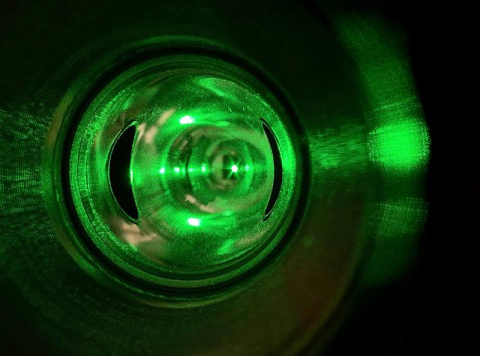
Nuclear physicists shatter a nearly 30-year-old record for the measurement of parallel spin within an electron beam.
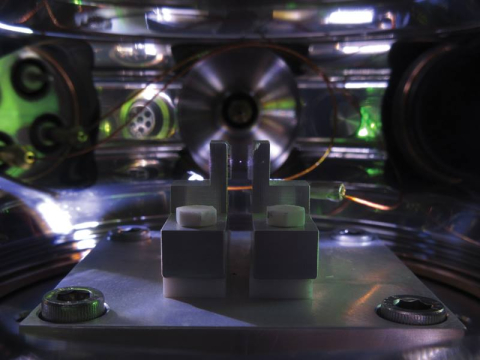
Scientists have detected nuclear decay by observing the recoil of a dust-sized particle when a single nucleus within it decays.
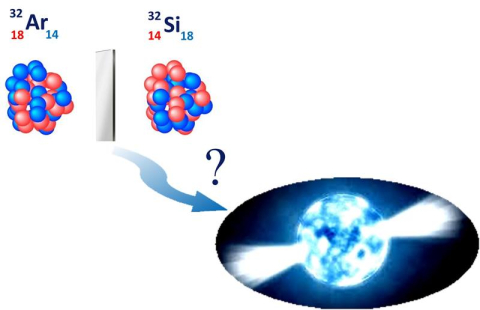
Charge radii measurements of silicon isotopes test nuclear theories and guide descriptions of nuclear matter.
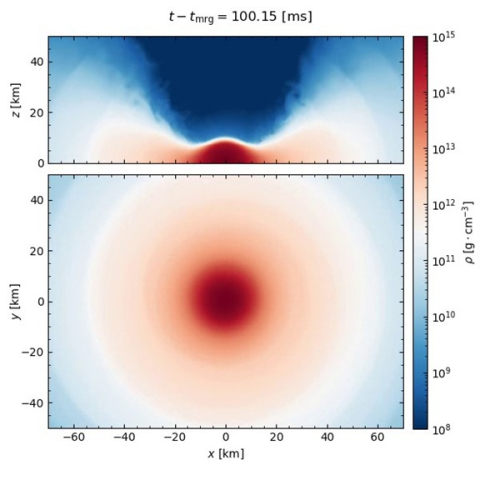
Simulations of massive neutron star merger remnants reveal their structure and early evolution as they cool down by emitting neutrinos.
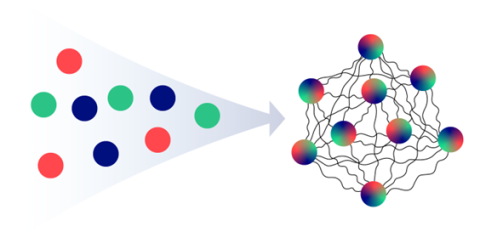
Researchers find that the quantum flavor and momentum states of the neutrinos in a supernova are strongly entangled through frequent interactions.
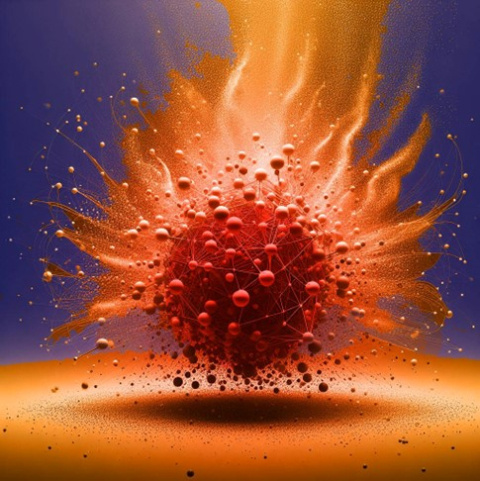
A new calculation helps scientists understand how matter formed out of the hot, dense soup of subatomic particles created by the Big Bang.
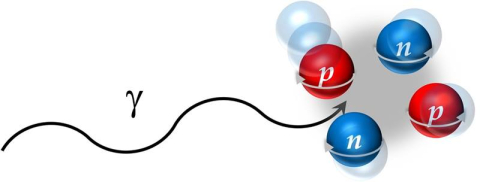
New calculations confirm recent experimental results on the transition between the alpha particle and its first excited state.
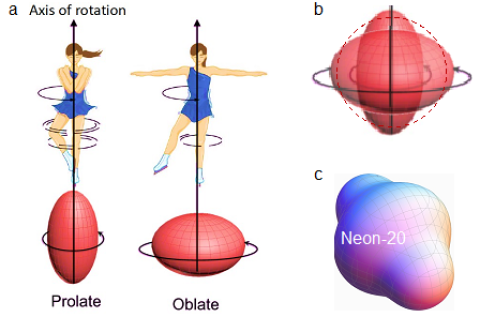
Scientists resolve the hypothesized anomalous increase in moment of inertia of fast rotating nuclei with models of neon-20 and chromium-48 nuclei.
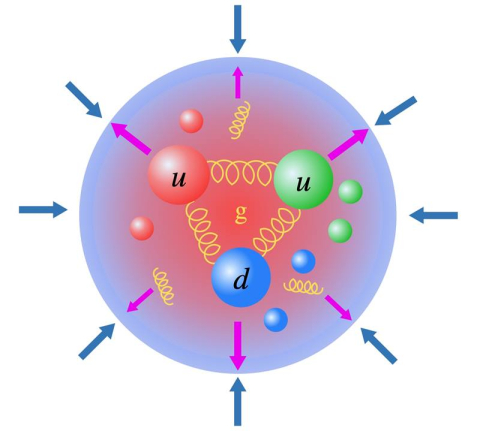
From the microscopic world to the entire Universe, pressure and energy relate in a similar manner.
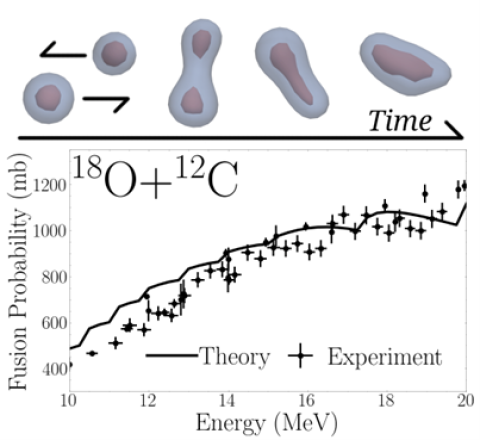
A significantly improved description of experimental results suggests the importance of presently unaccounted for phenomena in fusion.

